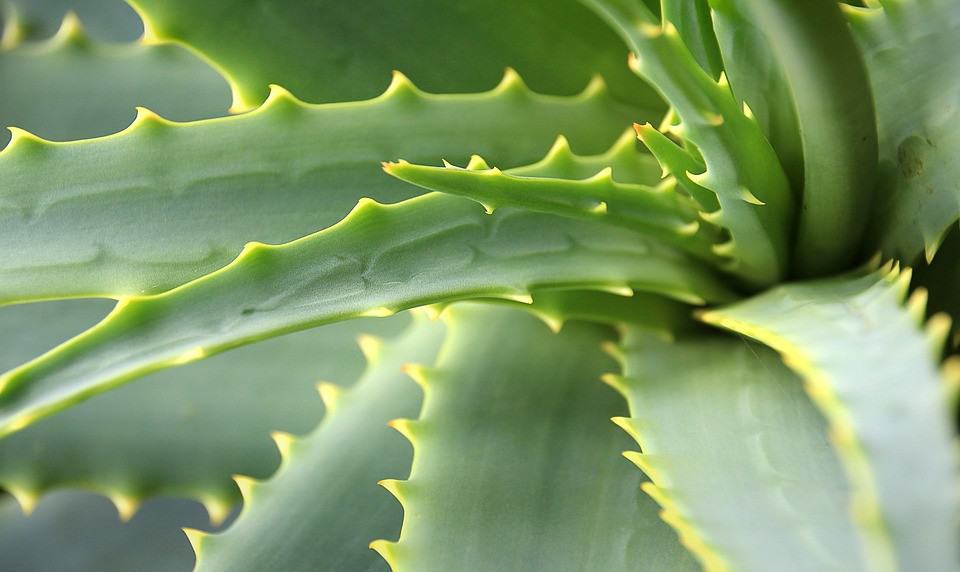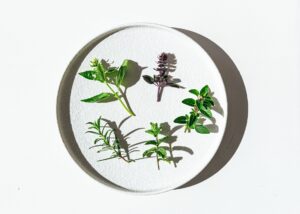Name: Agave americana
Overview:
Agave syrup (also called agave nectar) is a sweetener that is produced in Mexico from various species of agave. Agave syrup is sweeter than honey, but less viscous. It is produced in the Mexican states of Jalisco, Michoacán, Guanajuato and Tamaulipas.
History:
Agave has been used for thousands of years, especially by the ancient American peoples. It can be processed in many ways. The plant was not only used to make clothing, but also shoes, building materials, tools and paper.
The knowledge that alcohol can also be made from agave was brought to America by the Spaniards. The Arabic-derived words alambique (distilling apparatus) and alcohol point to the origin.
Occurrence:
Agave americana
Production:
To produce agave syrup, the juice is first extracted from the agaves. For this purpose, such as in the case of the species Agave americana, the inner core of the plant, which is at least eight years old, is removed before it blooms. From the resulting hole with a diameter of up to 15 cm, up to 1.5 liters of sweet juice can then be extracted daily over a period of six months. Since this juice spoils quickly after extraction, it is then filtered and heated to convert the polysaccharides it contains, mainly inulin, into simple sugars. The result is then thickened into a syrupy liquid that is slightly runnier than honey and can range in appearance from almost complete colorlessness to a dark yellow hue.
Effect on the metabolism:
Arguments put forward by agave nectar manufacturers:
Argument # 1: Agave nectar is sweeter than sugar, so you need less of it, ergo agave nectar is supposed to be better than sugar with the same sweetness.
Argument # 2: Agave nectar has a lower glycemic index (GI) than sugar and therefore induces less secretion of the hormone insulin, and we know that less insulin in the blood is a good thing. This is why agave nectar is often recommended for diabetics.
Neither argument is wrong – and yet they are manipulative:
To understand this, we need to look closely at what agave nectar is actually made of.
Agave nectar is a mixture of glucose and fructose (thus similar to sugar), whereby the glucose and fructose molecules are not linked together, but float around freely in the syrup. Depending on the supplier, source and quality, the ratio of fructose to glucose in agave nectar is between 7:1 and 9:1. This means that agave nectar contains up to 80% more fructose per unit than household sugar.
Ironically, since the toxicity of sugar depends on the fructose content, agave nectar is even more toxic than sugar. So much for “healthy alternative”!
And what about the arguments raised by the agave syrup industry? These can also be easily explained on the basis of the higher fructose content:
Fructose is actually 1.73 times sweeter than glucose, but it also suppresses the effect of the satiety hormone leptin in the brain: fructose is a real appetite stimulant! This is exactly why fructose is so popular in the industry as an additive to almost any food.
And what about the glycemic index? As a matter of fact, fructose does not stimulate insulin secretion. And why should it? After all, fructose is not even intended for the metabolic processes that are controlled by insulin. Fructose is, so to speak, glucose’s unloved relative. It is not even allowed to play with the other body cells, but is immediately thrown out again via the liver – and at considerable costs.
Acid-alkali balance:
Agave nectar consists of 80% simple sugar – this is acid-forming due to its high number of positively charged ions.







